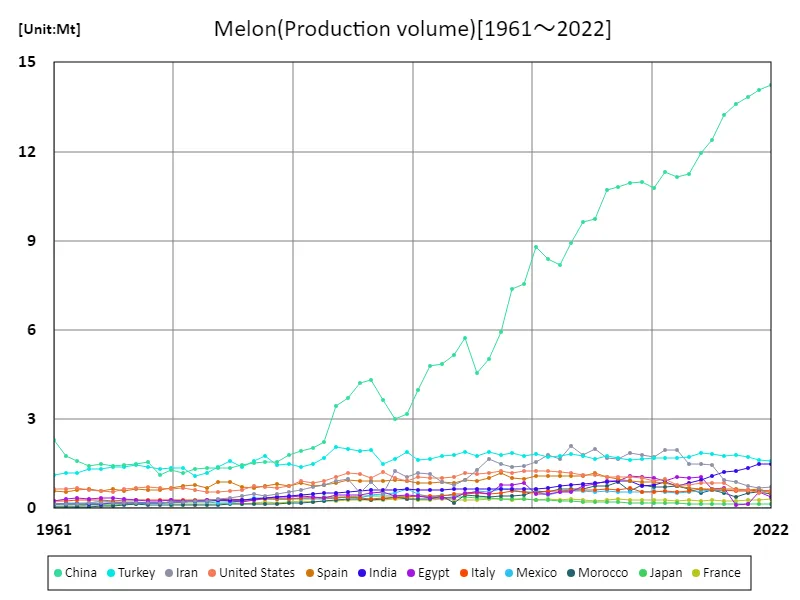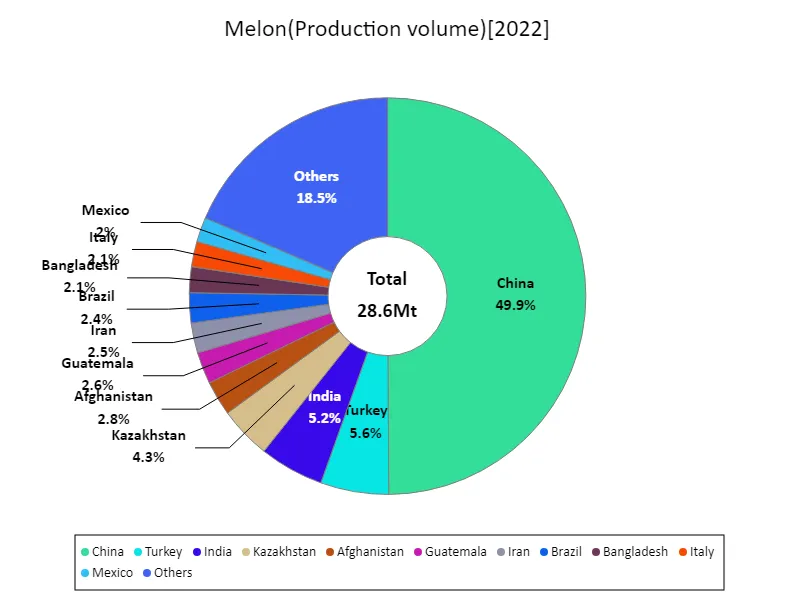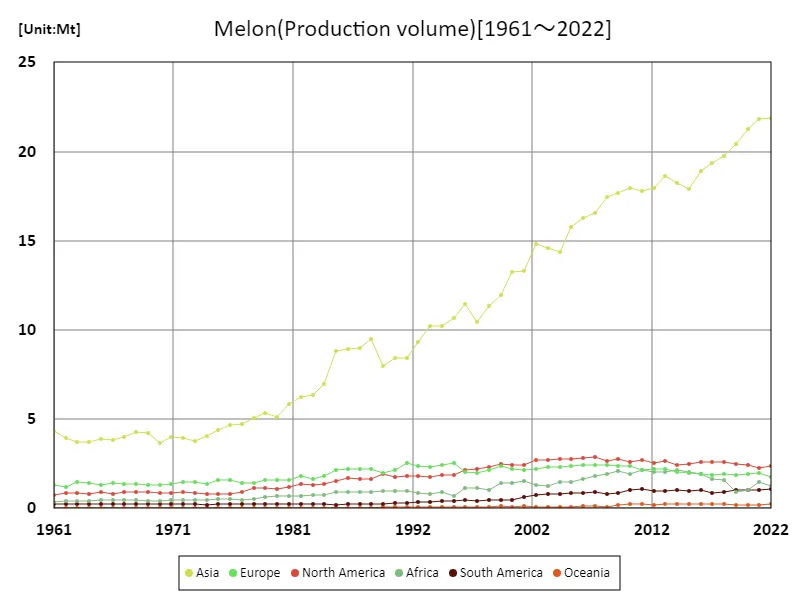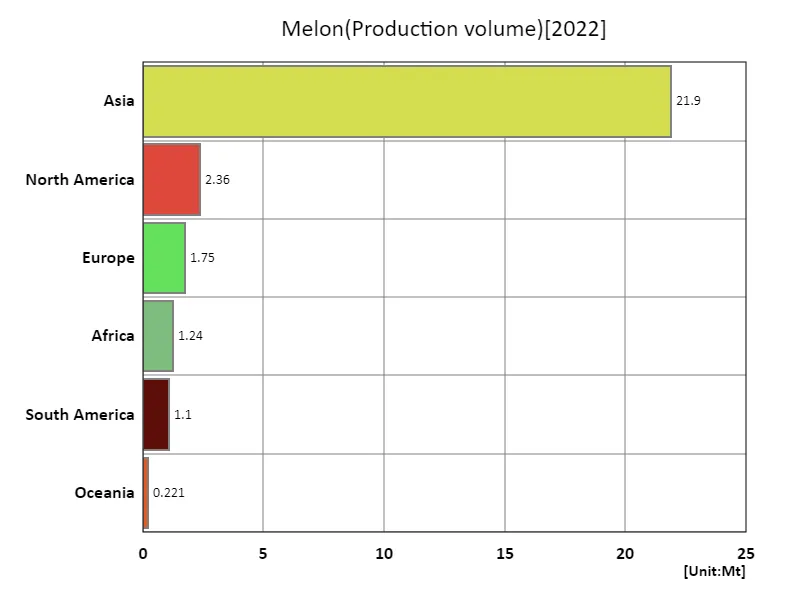Abstract
Lemon and lime production has shown significant growth globally in recent years, driven by rising consumer demand for citrus fruits. The United States consistently ranks among the top producers, with a notable 5.64 million metric tons (Mt) in 2021. Mexico and India are also key contributors. Production trends reflect a steady increase, propelled by the fruits’ use in beverages, culinary applications, and health products. However, fluctuations in output have occurred due to climate challenges, including droughts and storms. While the U.S. leads in production, the global trade is marked by substantial imports, especially to the European Union and Japan, which rely heavily on imports to meet domestic demand.
Lemon and lime imports (worldwide)
Lemon and lime imports have displayed a steady upward trend from 1961 to 2021, with notable growth in global demand. The United States recorded its peak imports at 5.76 million metric tons (Mt) in 2015 and remains near that level in 2021, reaching 97.9% of its peak. Key characteristics include increasing consumer demand for citrus products, driven by their health benefits and culinary uses. While the U.S. is a major producer, it also relies on imports to meet domestic demand, primarily from Mexico and South America. Trade patterns reveal growing reliance on international supply chains, with the European Union and Japan also being significant importers.


The maximum is the latest one, 14.3Mt of China
Lemon and lime imports by country (latest year)
In 2021, global lemon and lime import volumes totaled 8.91 million metric tons (Mt), with the United States leading at 5.64Mt. The average import volume stood at 50.6 thousand metric tons (kt), reflecting robust global demand. Key characteristics include rising consumer interest in citrus fruits due to their health benefits and culinary versatility. While the U.S. dominates in import volumes, other regions like Europe and Japan also heavily depend on imports. The overall trend points to increasing global trade in citrus, with supply chains adapting to meet growing demand despite environmental challenges impacting production.


The maximum is 14.3Mt of China, the average is 264kt, and the total is 28.6Mt
Lemon and lime imports (continental)
In 2021, North America led global lemon and lime imports, reaching a peak of 6 million metric tons (Mt), reflecting strong consumer demand across the region. The rising popularity of citrus fruits, driven by their health benefits and culinary uses, has fueled steady growth in imports. North America’s dominance is particularly notable, with the U.S. being a key driver. Global trends show an increasing reliance on citrus imports, as regions like Europe and Asia also significantly contribute to the demand. Environmental factors like climate change and production challenges affect supply, but global trade continues to grow, ensuring steady citrus availability.


The maximum is the latest one, 21.9Mt of Asia
Lemon and lime imports (latest year, continental)
In 2021, global imports of lemons and limes reached 10.5 million metric tons (Mt), with North America leading at 5.8Mt. The average import volume across regions was 1.31Mt, reflecting rising global demand for citrus fruits. North America’s dominance is driven by strong consumer interest in citrus for health and culinary uses. Trends show growing reliance on imports, especially in regions like Europe and Asia, to meet domestic demand. Despite environmental challenges such as climate change affecting production, global trade has expanded steadily, with imports increasing to compensate for variable local yields and rising consumption.


The maximum is 21.9Mt of Asia, the average is 4.76Mt, and the total is 28.6Mt



Comments